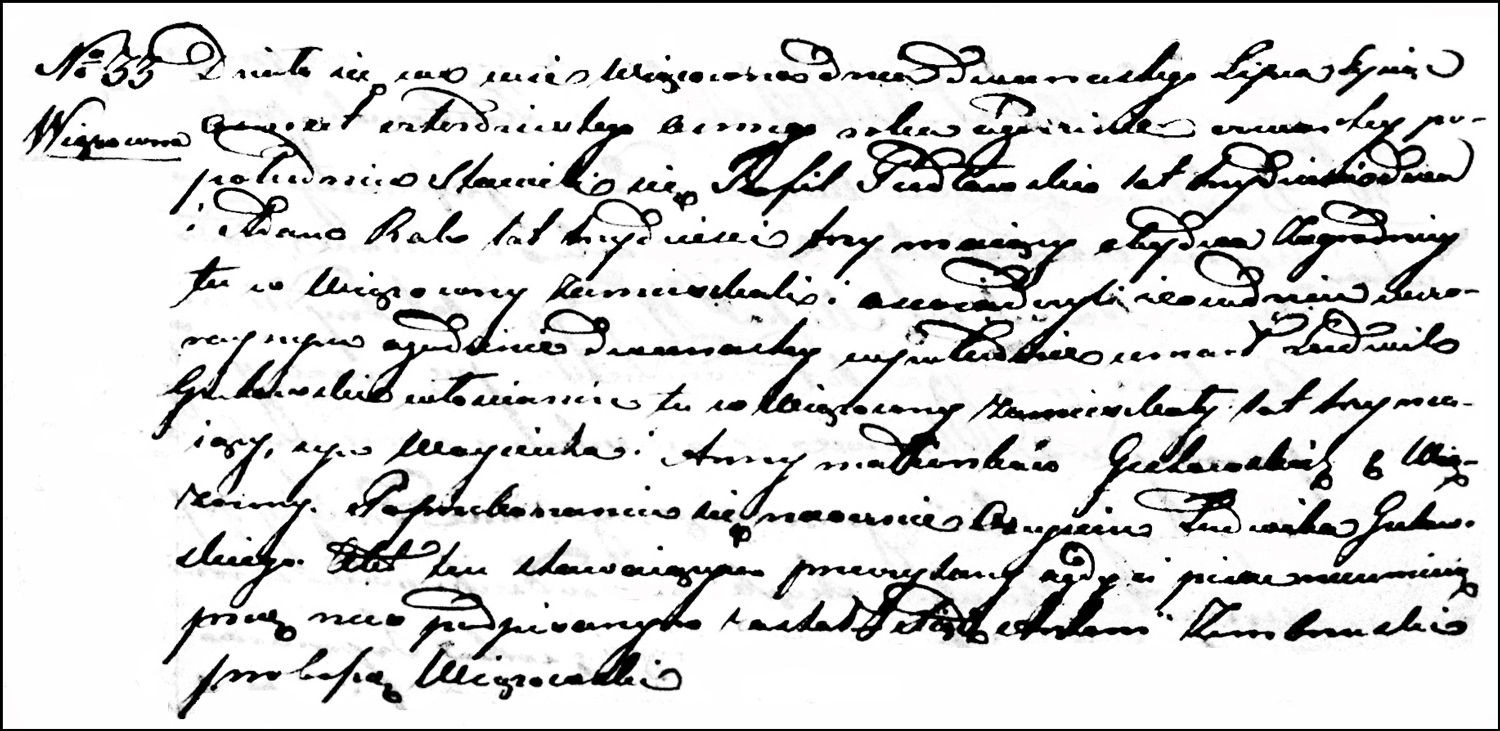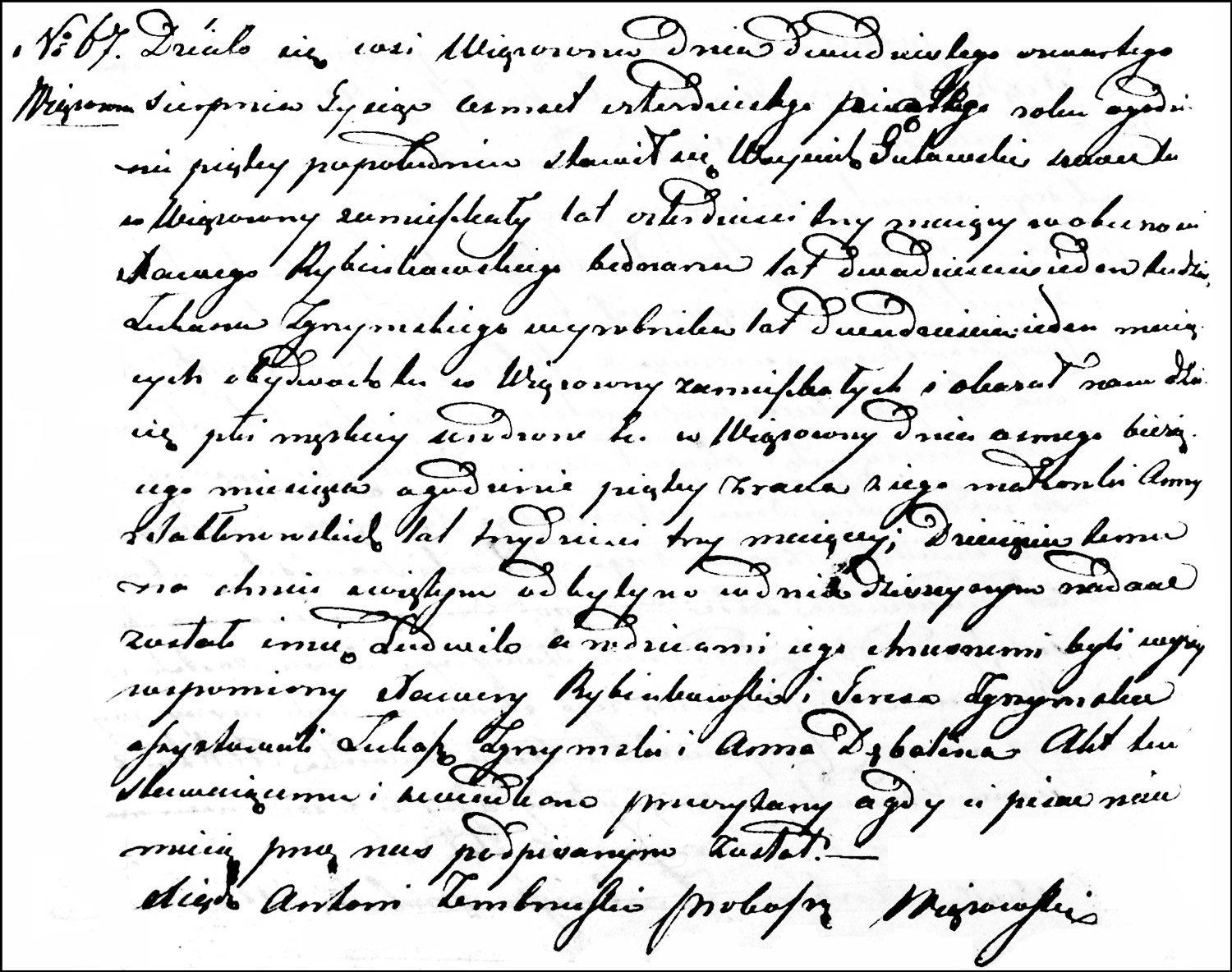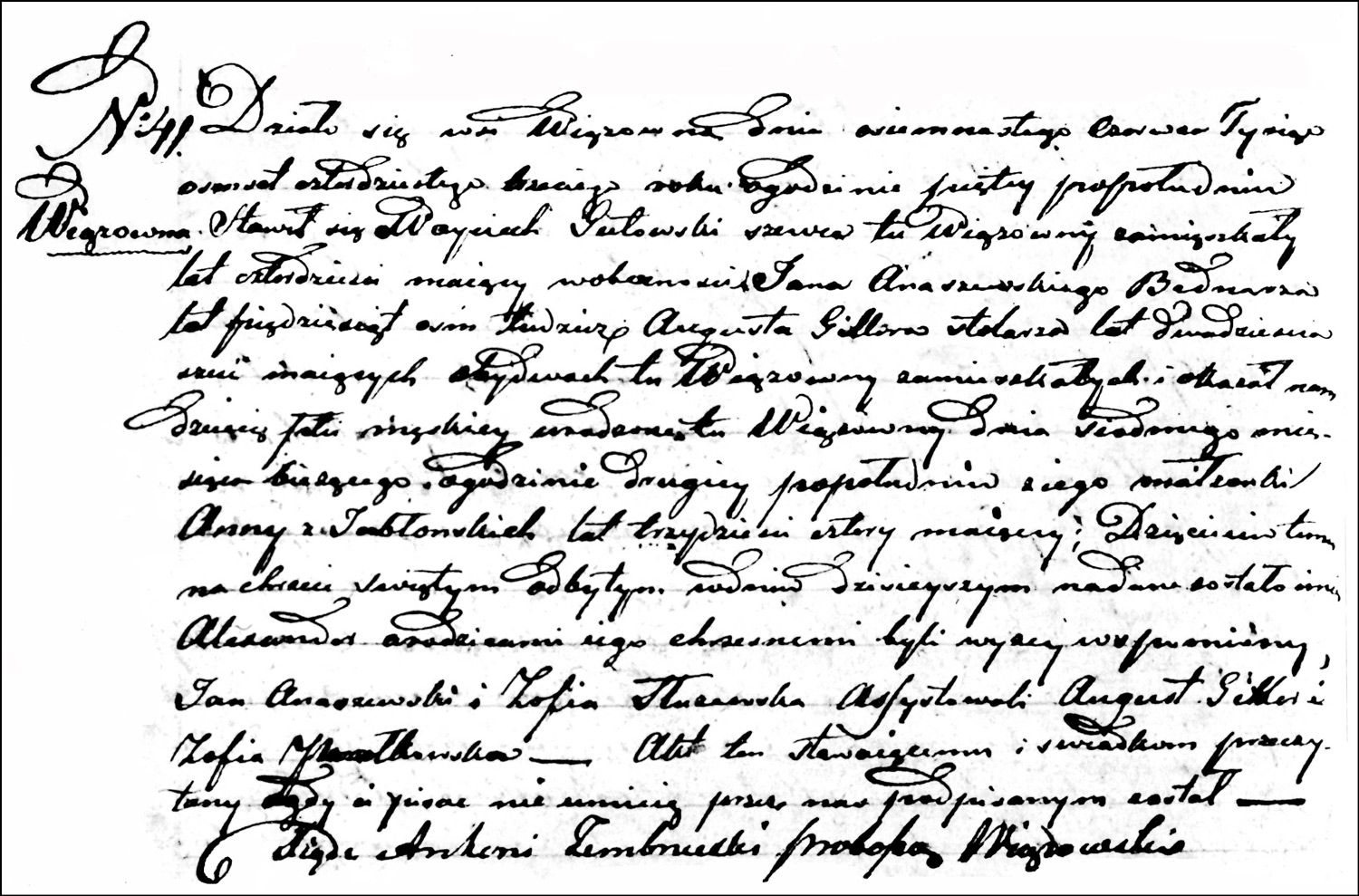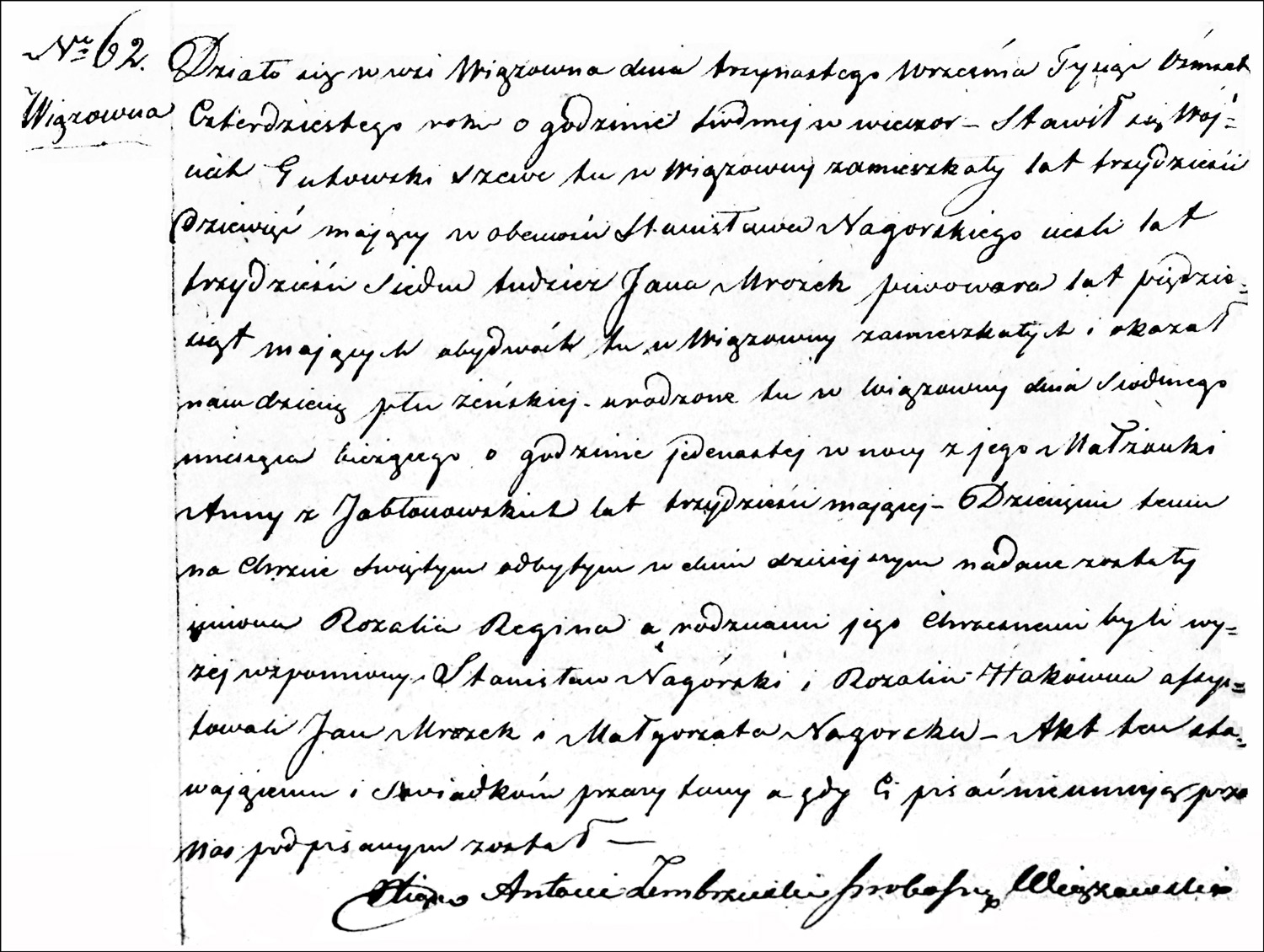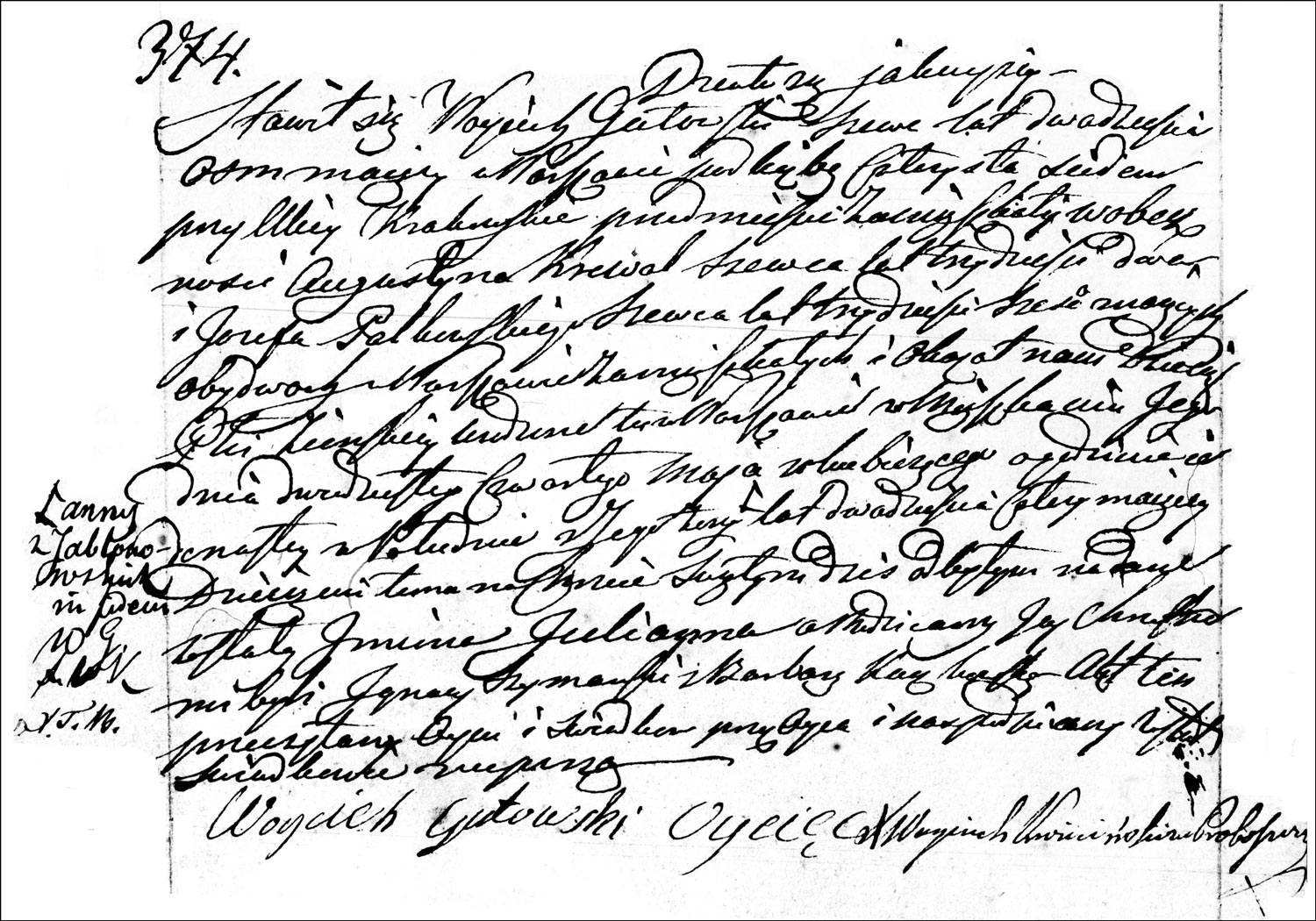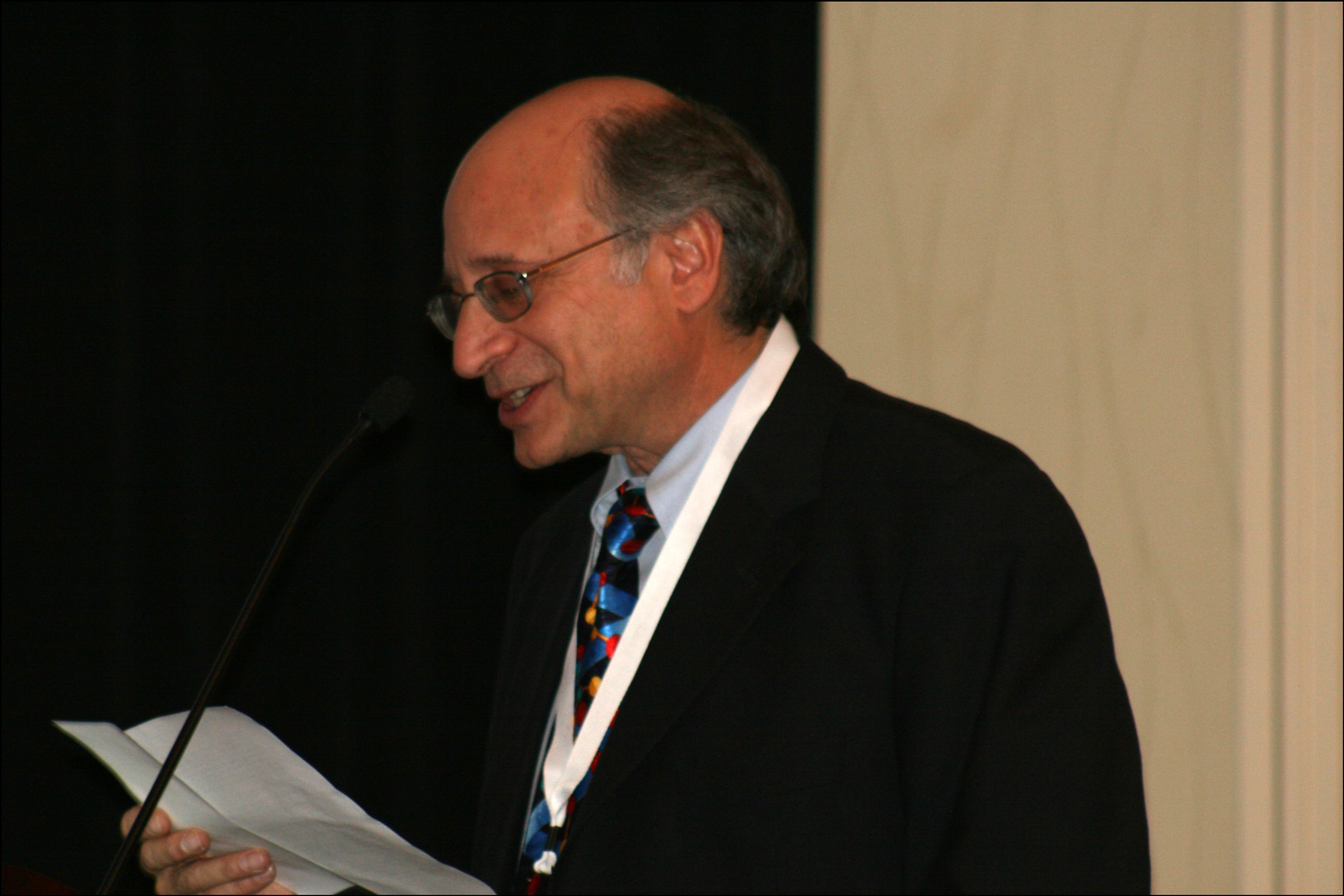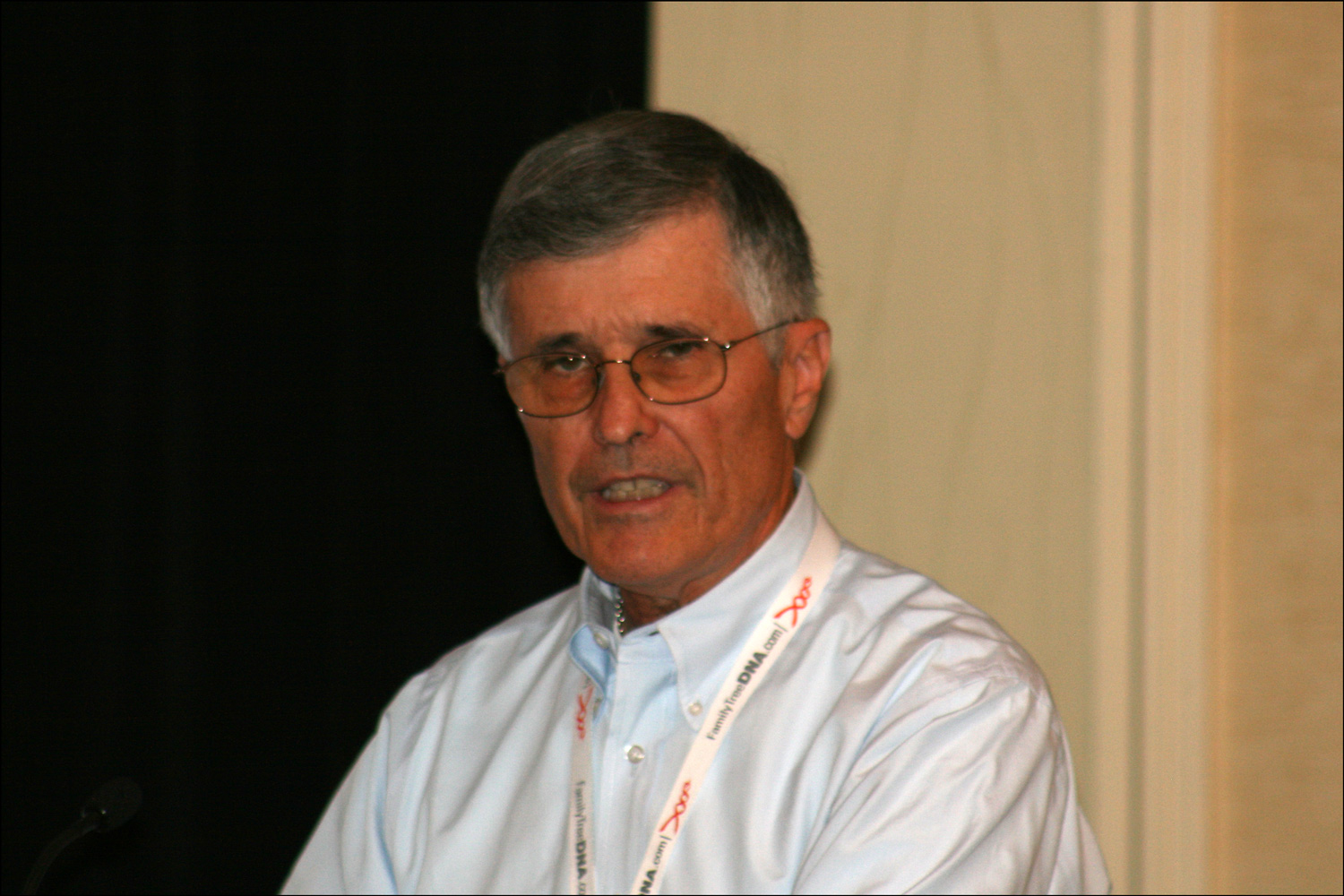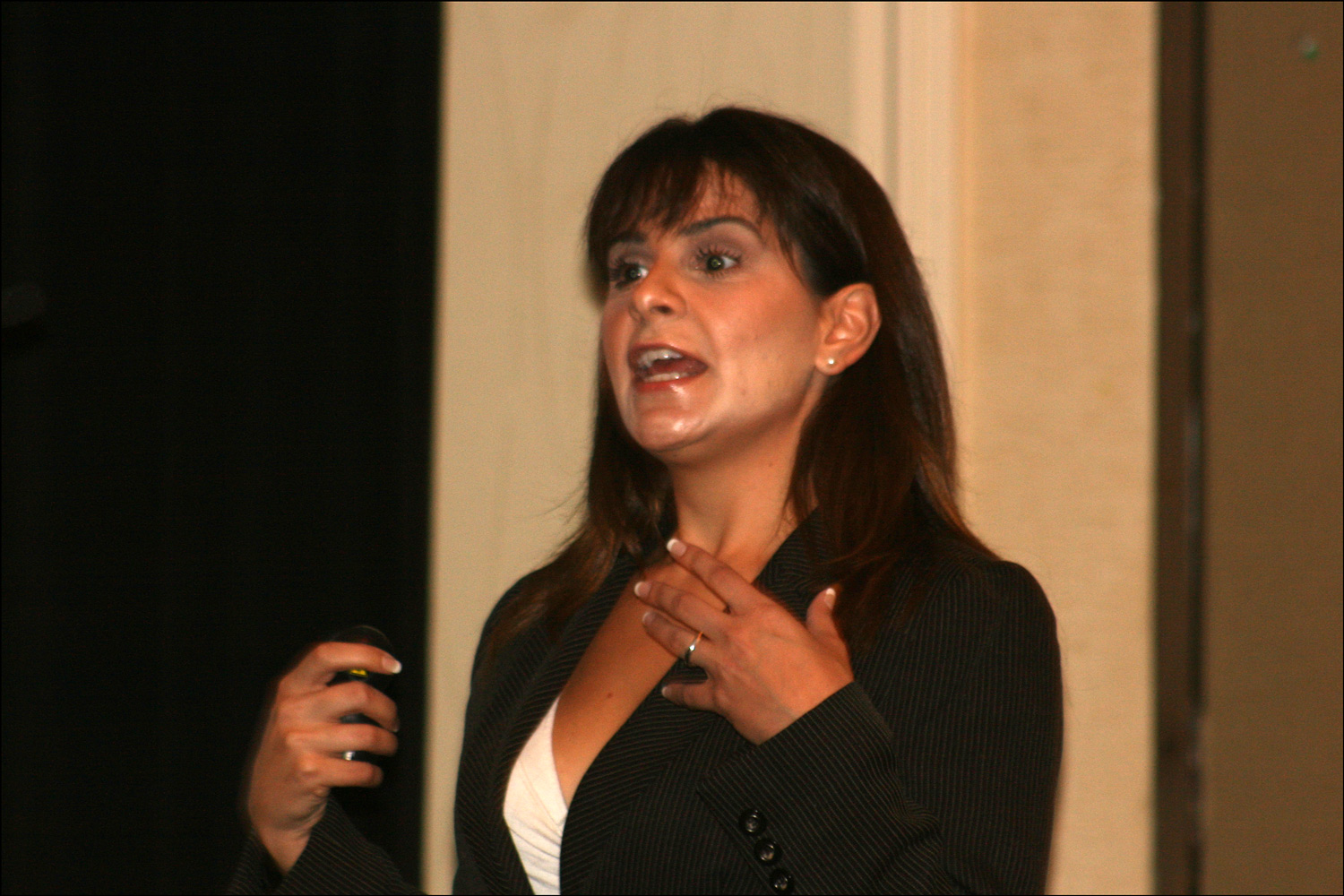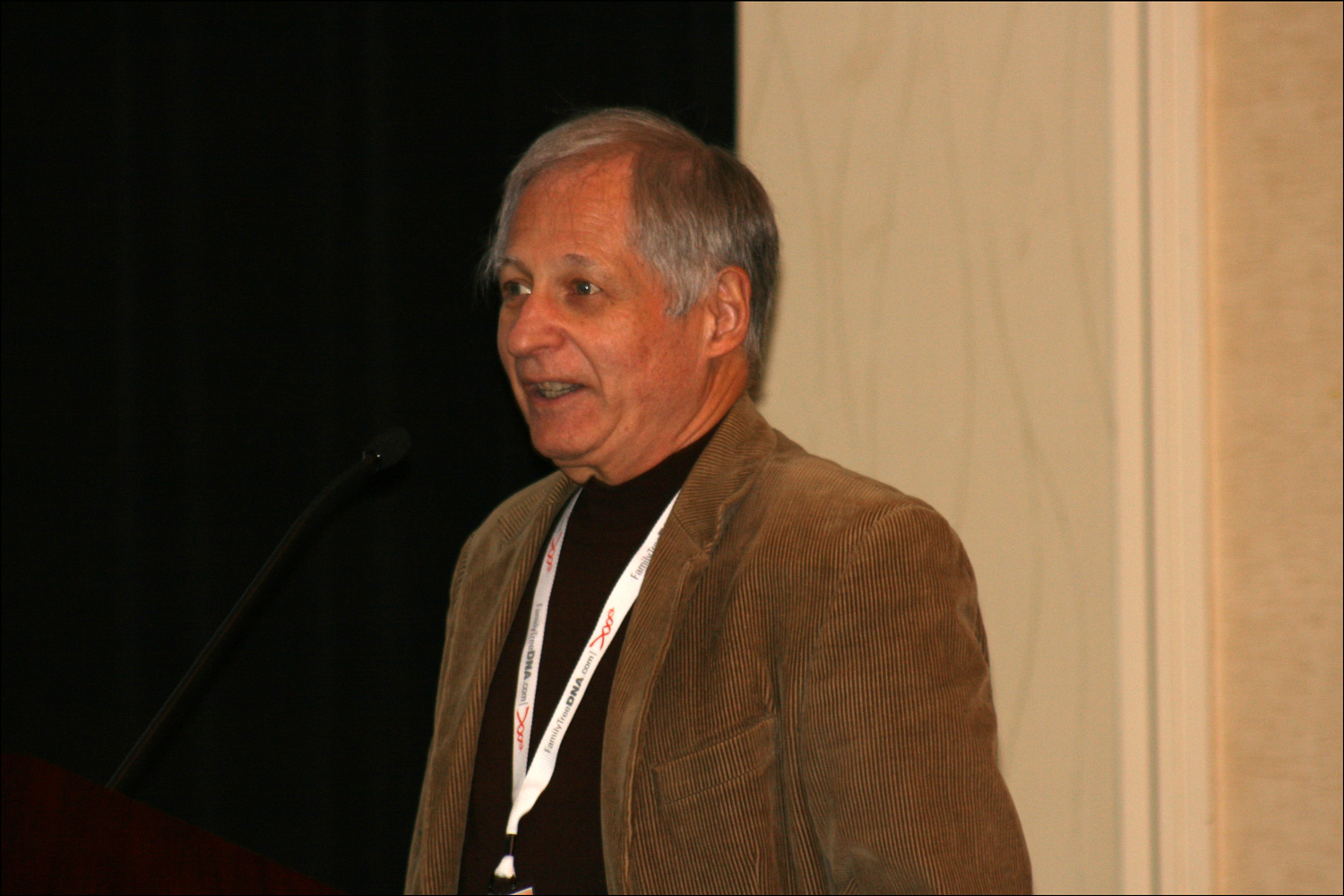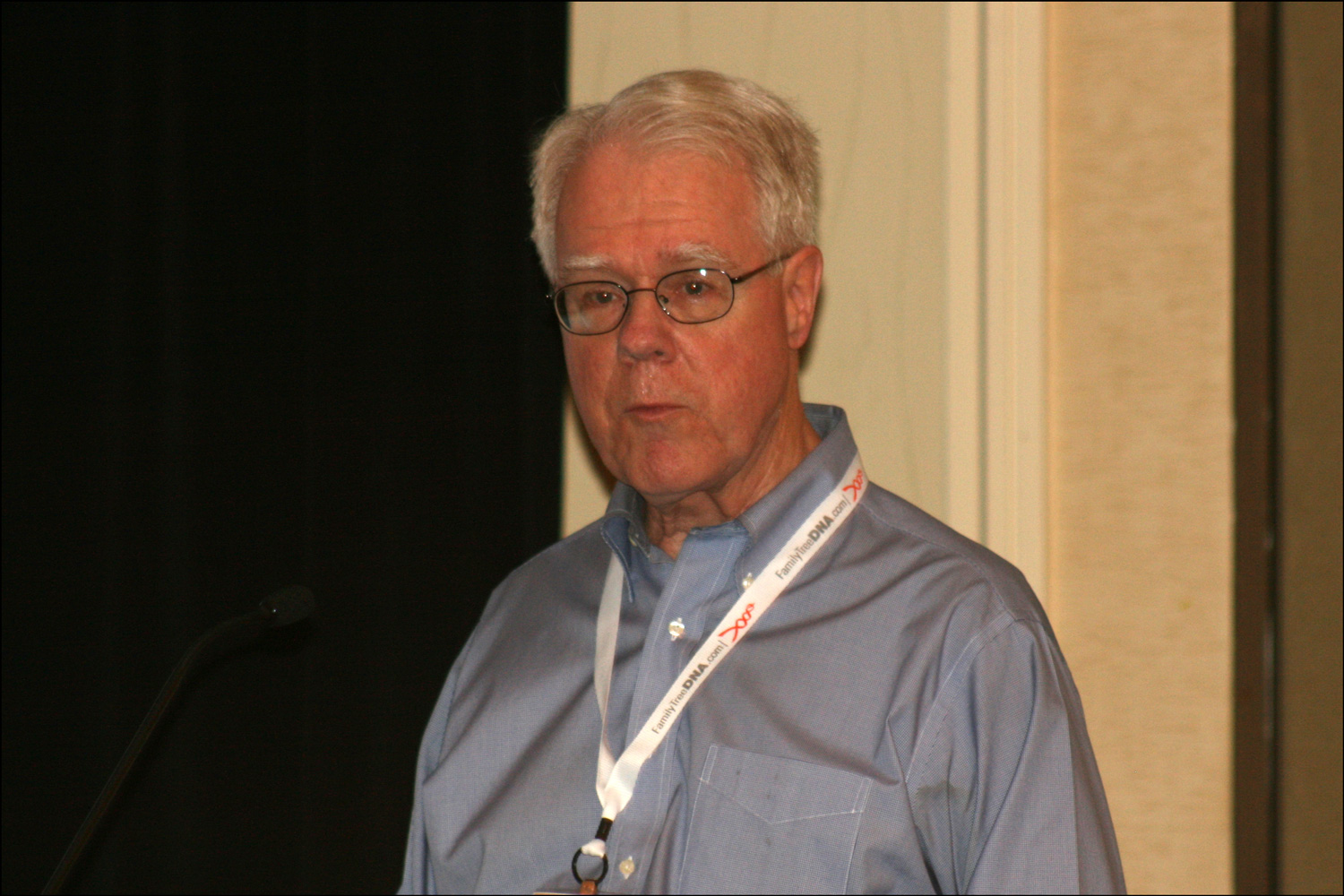Ludwik Gutowski, son of Wojciech Gutowski and Anna Jabłonowska, died on 11 July 1848 in Wiązowna, Nowo Minsk Powiat, Warsaw Gubernia, Congress Kingdom of Poland and was buried on 12 July 1848 in Wiązowna, Nowo Minsk Powiat, Warsaw Gubernia, Congress Kingdom of Poland.
The Death and Burial Record of Ludwik Gutowski – 1848
SOURCE: Parafia pw. św. Wojciecha (Wiązowna, Nowo Minsk Powiat, Warsaw Gubernia, Congress Kingdom of Poland), “Akta urodzeń, małżeństw, zgonów 1848 [Records of Births, Marriages, and Deaths 1848],” folio 35 verso, entry 33, Ludwik Gutowski, 12 July 1848; filmed as Kopie księg metrykalnych, 1810-1879; FHL INTL microfilm 0,702,556.
Click on the image above to view a higher resolution image. Click on the link for a PDF copy of the Death and Burial Record of Ludwik Gutowski. Translated from the Polish, the record reads:
No 33Â Wiązowna
This happened in the village of Wiązowna on the twelfth day of Jul in the year one-thousand eight-hundred forty-eight at the hour of four in the afternoon . There appeared Teofil Gudłowski, thirty-two years of age, and Adam Rąb, thirty-three years of age, both peasant farmers residing here in Wiązowna, and they stated that yesterday at the hour of twelve noon, Ludwik Gutowski died, a peasant residing here in Wiązowna, three years of age, son of the married couple Wojciech and Anna Gutowski of Wiązowna . After visual confirmation of the death of Ludwik Gutowski, this document was read aloud to the declarants, and because they do not know how to write, was signed by Us . [signed] The Reverend Antoni Zembrzewski, Pastor of Wiązowna
Ludwik Gutowski was my 2nd great grand uncle and brother of Julianna Gutowska, my 2nd great grandmother . One of the declarants in this record was Teofil Gudłowski . His surname could be Gutowski, but it appears to have a dł rather than a tk in the name . Even though Ludwik was only three years old at the time of his death, the record lists an occupation for him: peasant.
Copyright © 2011 by Stephen J. Danko

